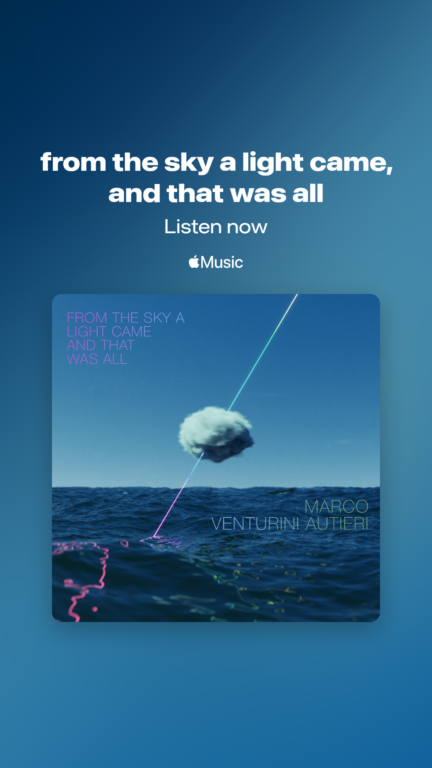I entertain myself with music creation and photography and I find it amusing that many terms and concepts and pieces of equipment are completely interchangeably.
By the way, while writing what I just wrote, I couldn’t help but noticing that “I like music” usually means “I like listening to music” whereas “I like photography” often means “I like to take photographs.”
Filters, for instance, are terms equally well versed in speaking music as well as photography, and just as well can refer to hardware filters and software filters.
In this brief post I am referring to the “hardware” glass graduated filters for photography, and the audio compressors: they basically have the same function. Being the dynamic range of an image that can be correctly captured limited by sensor technology, a glass graduated filter can be mounted on the lens to limit the highlights (or, in musical terms, the peaks) so that the shutter speed can be increased and more photons from the darker areas of the scene can contribute forming the image. Similarly, an audio compressor squeezes the loud peaks so that the overall volume can be increased and the subtle sounds become less subtle.
Furthermore, just as a glass graduated filter must be as neutral as possible, or it shall add an unwanted colour cast to the image, so the audio compressor shall be neutral and not add “colouration” to the sound i.e. emphasise certain frequencies during certain transients.
I use a URTH graduated filter on my Canon EF 100/2 lens (I don’t own any other lens with the same filter thread diameter).
